- Submissions

Full Text
Examines in Marine Biology & Oceanography
First Record of the Minute and Rare Marine Red Alga Colaconema Bonnemaisoniae Batters for Türkiye
Ergün Taşkin* and Furkan Bilgiç
Department of Biology, Manisa Celal Bayar University, Turkey
*Corresponding author: Ergün Taşkin, Manisa Celal Bayar University, Faculty of Engineering and Natural Sciences, Department of Biology, Yunusemre, Manisa 45140, Turkey
Submission: December 24, 2024;Published: February 06, 2025

ISSN 2578-031X Volume7 Issue 4
Opinion
The genus Colaconema was established by Batters [1], with three species described at that time: C. bonnemaisoniae Batters, C. chylocladiae Batters and C. reticulatum Batters [current name Colacodictyon reticulatum (Batters) Feldmann]. Colaconema bonnemaisoniae is the lectotype species of the genus. Colaconema closely resembles Audouinella Bory [2]. Ten species of the genus Colaconema was known from the Mediterranean Sea: C. bonnemaisoniae, C. Codicola (Børgesen) Stegenga, J.J. Bolton & R.J. Anderson, C. corymbiferum (Thuret) Alongi, Cormaci & G. Furnari, C. daviesii (Dillwyn) Stegenga, C. hallandicum (Kylin) Afonso-Carrillo, Sanson, Sangil & Diaz-Villa, C. infestans (M. Howe & Hoyt) Woelkerling, C. leptonema (Rosenvinge) Alongi, Cormaci & G. Furnari, C. nemalii (De Notaris ex Dufour) Stegenga, C. savianum (Meneghini) R. Nielsen and C. subtilissimum (Kützing) Alongi, Cormaci & G. Furnari [2]. C. bonnemaisoniae is differs from other Mediterranean species by endophytic thallus. It was recorded as endophytic in cell-wall of red alga Bonnemaisonia asparagoides [1].
Figure 1:The red alga Colaconema bonnemaisoniae (A-B: endophytic on Pedobesia simplex) from the Aegean coast of Türkiye.

Colaconema bonnemaisoniae ( Rhodophyta, Florideophyceae, Colaconematales, Colaconemataceae) found from the coast of Gökova Bay (36,7977º N; 28,0153º E) of the Aegean Sea in November 2023 at 5m depth. The algal material was collected by SCUBA diving, and specimen was preserved in 4-5% formalin in seawater. The identification of the sample was made on the basis of the descriptions by Cormaci et al. [2]. Thalli filamentous, minute and endophytic in the green alga Pedobesia simplex (Figure 1AB). Thalli endophytic, pink in color, prostrate, filaments richly and irregularly branched, growing between the cell walls of the host plant. C. bonnemaisoniae is known from Atlantic Ocean (Britain, France, Ireland, Sweden, Scandinavia, Spain, Portugal), North America, Mexico, China, Australia, New Zealand, Africa and the Mediterranean Sea (Algeria, Morocco, Tunisia, Spain France) [3].
Acknowledgement: This study has been supported by TÜBİTAK (Ankara, Turkey), (121Y215).
References
- Batters EAL (1896) On some new British marine algae. Annals of Botany 9(2): 307-321.
- Cormaci M, Furnari G, Alongi G (2017) Marine benthic flora of the Mediterranean Sea: Rhodophyta (excluding Rhodymeniophycida). Bulletin of the Academy of Natural Sciences of Catania 50: 1-391.
- Guiry MD, Guiry GM (2024) Algae Base. World-wide Electronic Publication, National University of Ireland, Galway.
© 2025 Ergün Taşkin. This is an open access article distributed under the terms of the Creative Commons Attribution License , which permits unrestricted use, distribution, and build upon your work non-commercially.
 a Creative Commons Attribution 4.0 International License. Based on a work at www.crimsonpublishers.com.
Best viewed in
a Creative Commons Attribution 4.0 International License. Based on a work at www.crimsonpublishers.com.
Best viewed in 







.jpg)
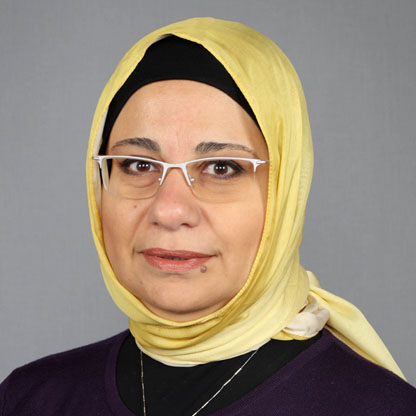





























 Editorial Board Registrations
Editorial Board Registrations Submit your Article
Submit your Article Refer a Friend
Refer a Friend Advertise With Us
Advertise With Us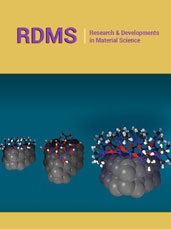
.jpg)
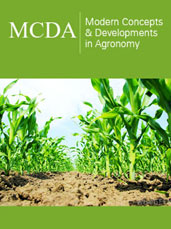
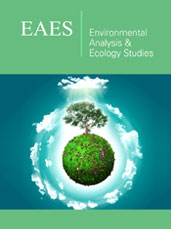



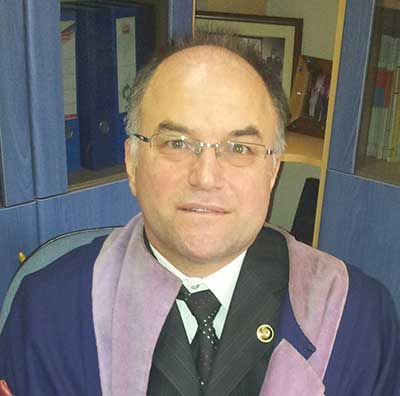
.jpg)




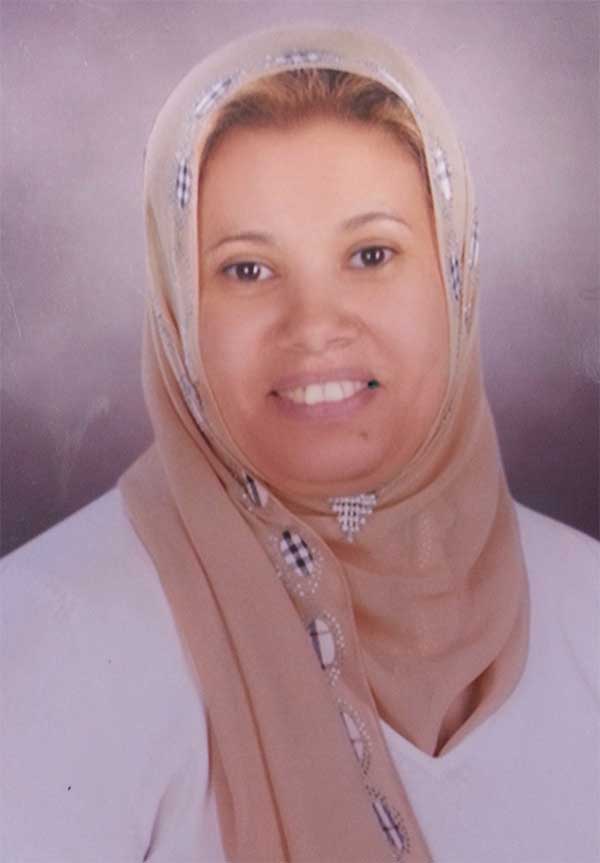









.bmp)
.jpg)
.png)
.jpg)










.jpg)






.png)

.png)



.png)






